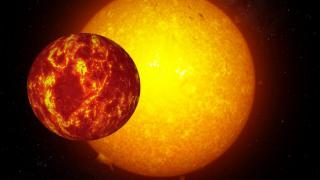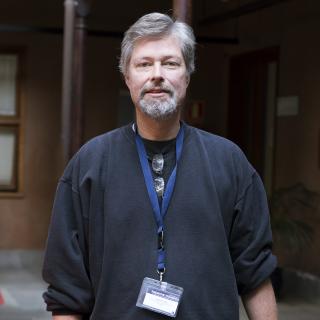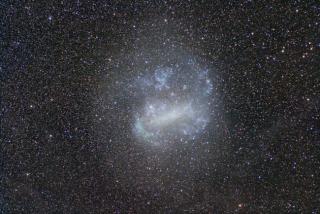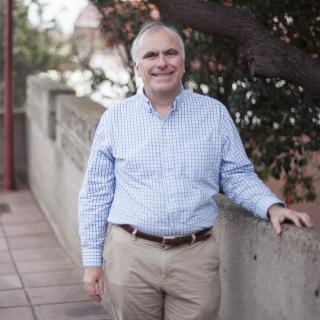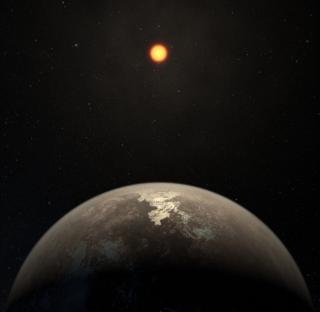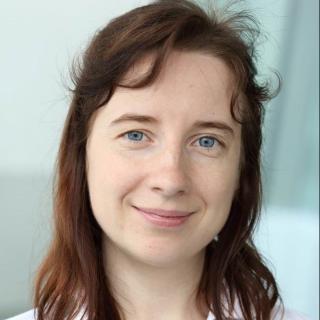
Maria Bergemann, astrophysicist at the Max Planck Institute for Astronomy in Heidelberg (Germany), is one of the invited professors at the XXIX Canary Islands Winter School of Astrophysics organized by the Instituto de Astrofísica de Canarias (IAC) in collaboration with the University of La Laguna (ULL). Her classes will be about a very specific type of stars, which are characterized by their temperature, called "late-type stars" and the phenomena and physics that govern them, as well as the challenges posed by these stars from the point of view radiative transport, main topic of the School
Advertised on
